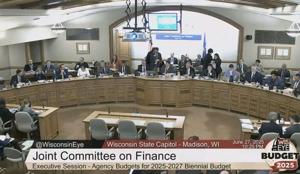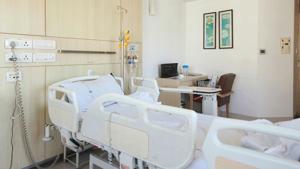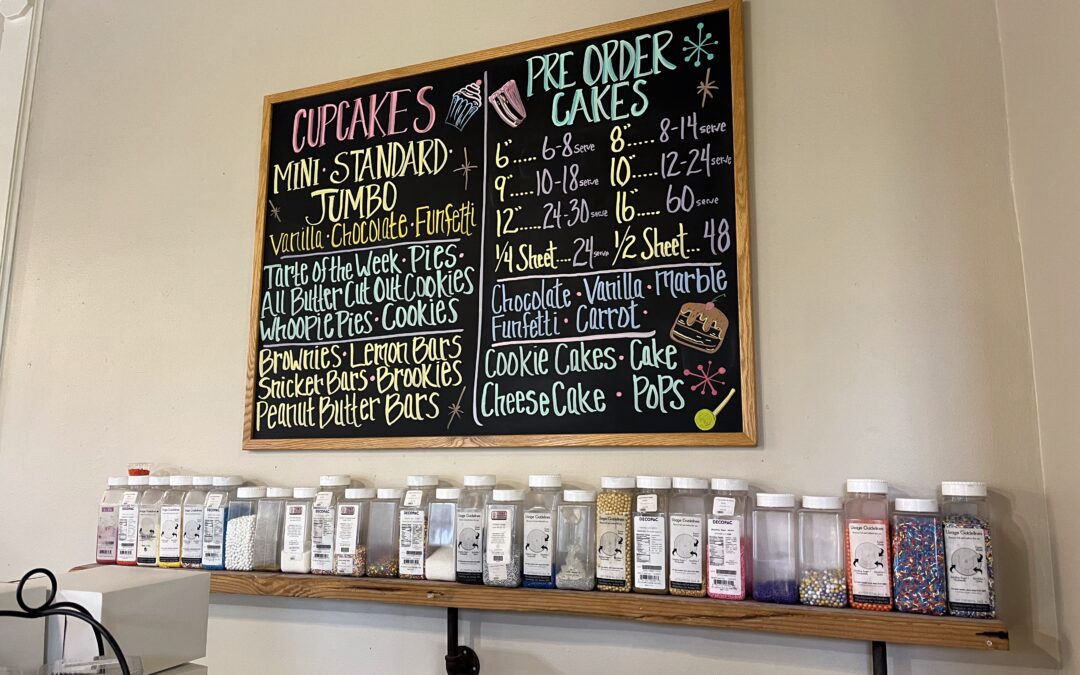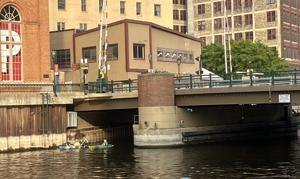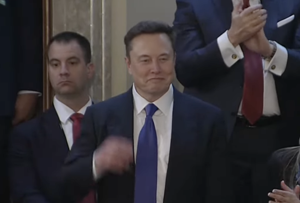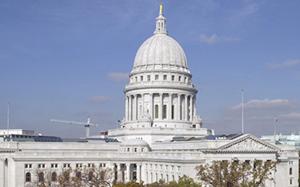(The Center Square) – Wisconsin’s budget-writing Joint Finance Committee adopted more than $380 million in funding, setting the stage for a final round of committee action Tuesday and tentative floor votes by the full legislature on the final budget as soon as Wednesday.
The approved motions include funding for Universities of Wisconsin and technical college students, juvenile corrections, state natural resources, tourism and other key areas.
Together, the adopted motions represent a substantial share of the biennial budget, which could be up to $100 billion.
It was the first Joint Finance Committee meeting in more than a week following a GOP leadership split over budget talks with Gov. Tony Evers.
UW system, tech colleges, and EMS training
Motion 84 adopted more than $17.5 million in funds to higher education under the Wisconsin Grants program.
The $17.5 million would be spread across UW System students, Wisconsin Technical College System students and private nonprofit college students in equal dollar increases.
Annually, $2 million would support WTCS students who meet part-time eligibility per the grant program.
An additional $3.5 million would be allocated to reimbursements for Emergency Medical Services training and materials reimbursements for EMS students who complete a course at a WTCS institutions.
The Republican motion passed 12-4 along party lines.
Justice and juvenile corrections
Adopted Motion 89 would fund a massive expansion in the state’s juvenile corrections.
More than $140 million would go toward the Serious Juvenile Offenders program, contract bed funding, juvenile operations costs and 147 new positions for Milwaukee’s juvenile detention facility in 2026-27 – the largest workforce expansion in this series of adopted motions.
The motion would adjust the statutory daily rates for juvenile facilities to $2,501/day in 2025-26 and $2,758/daily 2026-27.
The funds come after a report stated youth crime in Milwaukee County has grown in terms of severity of crimes and frequency of repeat offenders and the city needs to look to increase support for juvenile corrections facilities, The Center Square previously reported.
Adopted Motion 76 would invest $7.5 million in cybersecurity and $20 million in crime victim services to offset federal Victims of Crime Act funding losses.
A one-time $2 million fund would support law enforcement data sharing in Milwaukee.
Additional funds would go to other justice funds, including arson investigation tools, Wisconsin Department of Justice staffing and $2 million annually for child advocacy centers.
Natural Resources and Agriculture, Trade, and Consumer Protection
Over the next two years, $87.2 million would go to state natural resources under Motion 90.
Rothschild Dam modernization would receive $42 million in a one-time fund – the largest investment of the motion.
Also, $15 million annually would be moved in one-time transfers from the forestry account to fish and wildlife accounts.
The motion includes $7.5 million for clean-up of contaminated Great Lakes sediment, $6 million for the Kenosha Dunes shoreline restoration, $6.5 million for clean water funding for rural areas and $4.2 million for hazardous tree removal statewide.
Another $6 million would fund various initiatives including stormwater management and flood prevention, infrastructure repairs, other environmental clean-ups and park mapping and data systems.
Motion 81 would fund Agriculture, Trade, and Consumer Protection with $28.1 million in mostly one-time funds throughout the biennium.
Most funds are one-time because the investments are sourced through Wisconsin’s Segregated Funds, which are limited and reserved for specific purpose, rather than from General Purpose Revenue tax dollars.
The biggest funding item is for county conservation staffing grants, which would receive a $12 million investment.
$7 million would be invested in grants supporting landowners for the installation of structural practices related to soil and water resource management.
The motion would support $2 million in water quality grant programs in the state and $3 million in a tribal food security program for nonprofit food assistance organizations who continue the tribal elder community food box program.
The remaining money would go to meat processor grants, dairy processor grants, and annual $100k funds for farmer mental health assistance.
Department of Administration and Tribes
The committee adopted Motion 75, which would invest almost $39 million in communication and media, tribal and local government and security measures.
A $10 million one-time endowment payment would be given to WisconsinEye, the state’s official public affairs network.
An $11 million per year would fund federally recognized tribes, while $2 million per year would be given to counties where tribes are headquartered.
A $2 million investment would be made toward facilities and security, including $594,300 for Capitol Police pay increases and protective equipment, $1.4 million to facilities development IT, and $500k towards maintenance of the USS Cobia, an historic WWII submarine in the Wisconsin Maritime Museum.
Tourism
Motion 77 would provide a little more than $36 million to tourism, including a one-time fund for $30 million to Wisconsin’s general tourism marketing.
Also, $5 million would go to preserve the Taliesin, Frank Lloyd Wright’s home in Spring Green, which owners are seeking to restore.
The additional funds would go to Office of Outdoor Recreation staffing and Arts Board funding increases.
While the motions passed along party lines, the expected floor debate could still bring amendments or delays, particularly on larger or more controversial spending items like child care and education.
